Versatile, durable, and surprisingly adaptable, dry bags have evolved far beyond their original purpose. Here’s how this humble gear essential can transform your outdoor experience across multiple activities.
Whether you’re going camping for the weekend, backpacking, kayaking, or heading out on a bikepacking adventure, one item I always carry with me, even in my carry-on when I have to fly, is a dry bag.
Sea to Summit makes a wide range of dry bags suitable for just about any application you can imagine, and at least one of them stays in my bag or truck at all times.
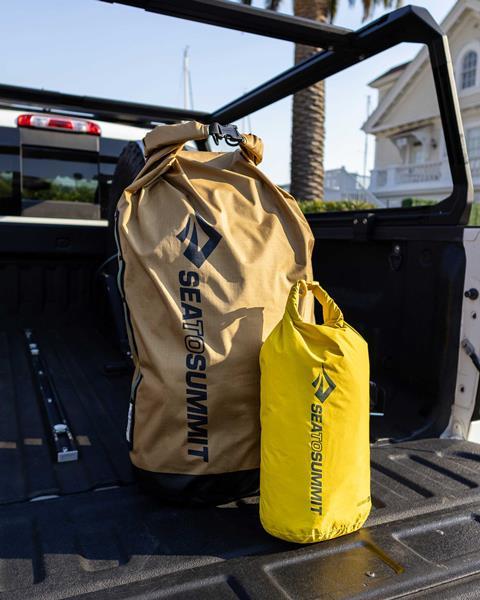
You might be asking: if you’re just going on a work trip with no outdoor adventurous portion, why bring a dry bag?
The simple answer is that dry bags are one of the most straightforward forms of storage. Yet, they’re also among the most versatile. I even use mine for laundry on the go.
Sea to Summit sells a Trek & Travel Pocket Laundry Wash, made up of thin soap leaves that dissolve in water. When combined with a dry bag, typically used to keep water out, it becomes a great solution for washing a small batch of clothes without making a mess. From campsites to hotel bathrooms, I’ve used this combo effectively for years.
A Dry Bag for Every Occasion
My fascination with bikes started when I was a kid, so bikepacking felt like a natural evolution, blending two of my favorite things: pushing pedals and exploring the outdoors. One of the most unexpectedly useful pieces of gear I bring along? You guessed it, a Sea to Summit dry bag.
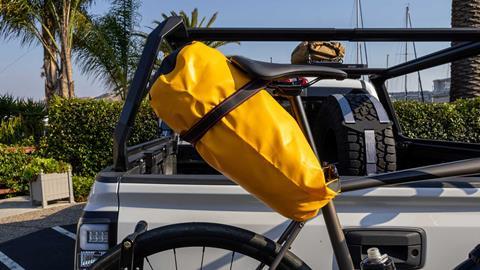
With a few simple lashing straps, I can repurpose these dry bags into weatherproof saddle bags or handlebar rolls, eliminating the need for purpose-built bikepacking bags. The versatility doesn’t stop there.
On the water, I’ve turned them into makeshift coolers, just fill with ice, salt, water, and your favorite beverages for a surprisingly effective river or lake companion.
When kayaking or rafting, I also stash my essentials inside and intentionally leave a bit of air in the bag so it floats in case it goes overboard–not to state the obvious, but this is the original intended use case.
Back on land, these dry bags become even more versatile. I’ve used them as emergency pillows while backpacking, stuffing extra clothes in the bag and trapping a little air for additional cushion. They’ve served as water haulers for bringing water back to camp, either from a potable water source for consumption or to put out a campfire.
When it’s time to hit the trail and leave no trace, they make excellent sealed trash bags for packing out waste from off-grid sites.
When I am overlanding, I carry a large 65L Big River Dry Bag as a spare trash bag or in a pinch, a place to stash extra gear on my roof rack when needed.
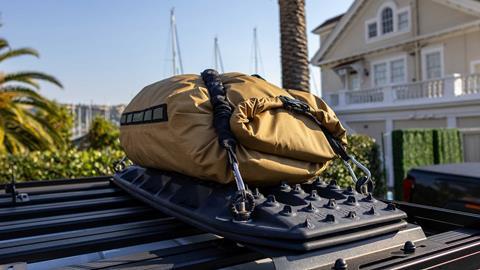
The beauty of dry bags is that it’s a no-fuss piece of gear in my loadout, where its simplicity is able to adapt to almost any environment.
Whether I’m cycling through the backcountry, floating down a river, or exploring in my Silverado, they’ve got me covered.
On my recent trip to Japan, I got stuck in a downpour while shooting photos in the city of Sannenzaka. Luckily, I was carrying an 8L lightweight dry bag to throw all my gear into and continue exploring without the fear of damaging my equipment. Lash on a quick release strap, and I had a makeshift waterproof backpack.
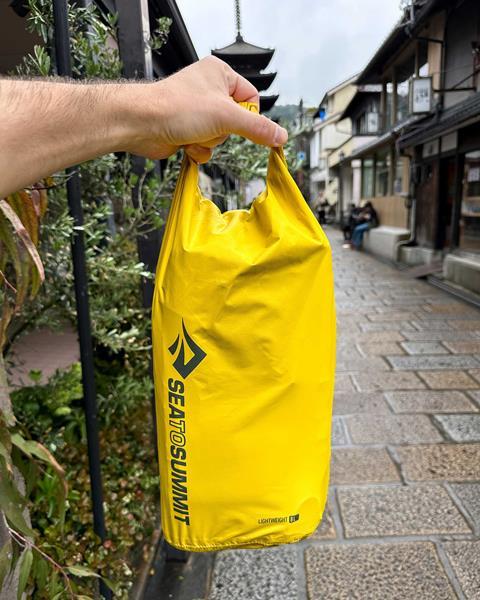
My Go-To Dry Bag Sizes
This inexpensive piece of gear is the best part of my loadout, regardless of the activity. Over the years, I’ve narrowed down the sizes that work best for my hobbies.
- 8L-13L: good for clothes, mid-size items, and on-the-go laundry
- 15-25L: great for overnight trips or as backpacking saddle bags depending on your trip’s duration
- 35L and above: great for packing out your waste during overlanding trips or to use for external gear storage on your vehicle
Access More Great Stories!
For more informative articles like this, consider subscribing to OVR Magazine in print or digital versions here. You can also find the print edition of OVR at your local newsstand by using our Magazine Finder.


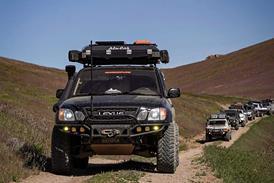

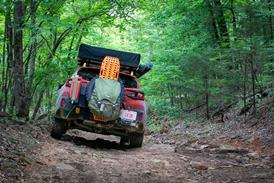
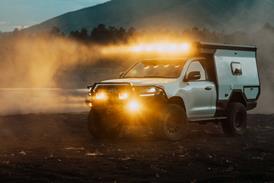

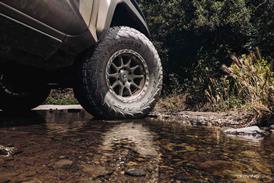

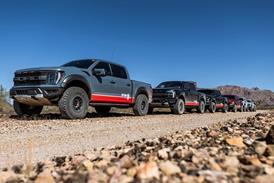

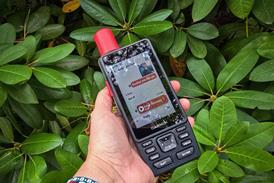
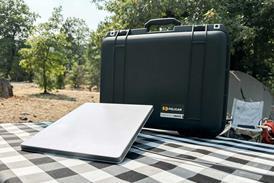

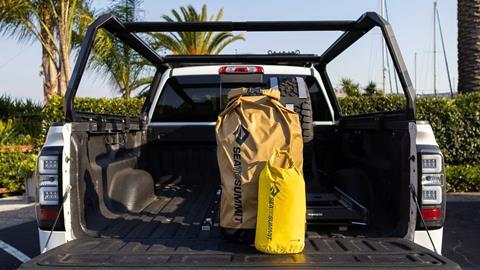






No comments yet